The Group
Current members and alumni
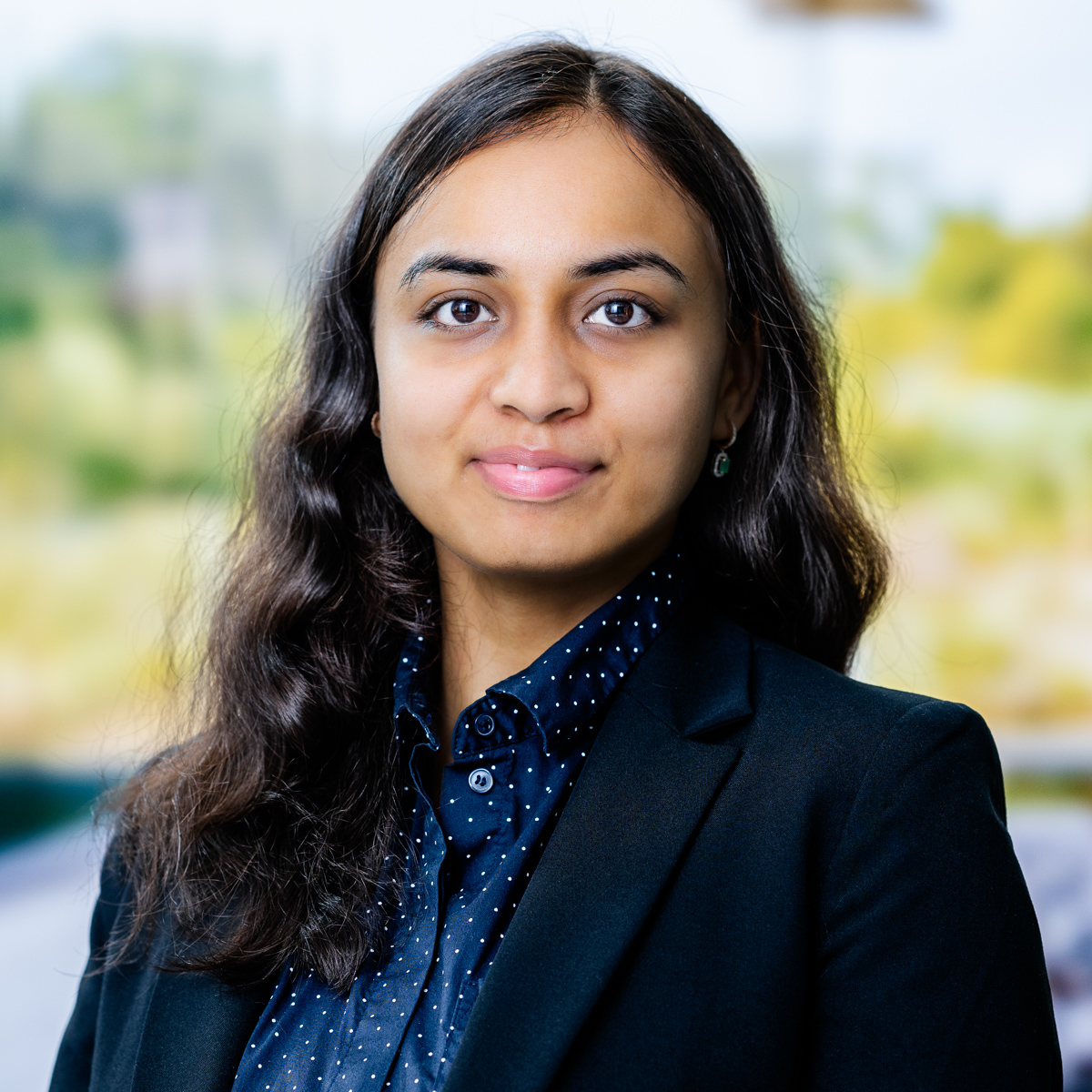
Dr. Sraddha Agrawal, Postdoctoral fellow, Argonne National Lab
Dr. Sraddha Agrawal is a postdoctoral appointee in the Nanoscience and Technology division at Argonne National Laboratory. Her research focuses on modeling and optimizing the optomechanical response of nanomaterials under illumination. Currently, she is developing a reinforcement learning-based framework to drive optical phase transitions in broken symmetry materials.
Prior to this, she obtained her PhD in Chemistry from University of Southern California, where she worked on excited state charge carrier dynamics in two-dimensional materials using real-time time-dependent density functional theory, nonadiabatic molecular dynamics, and deep neural networks-based machine learning approaches.
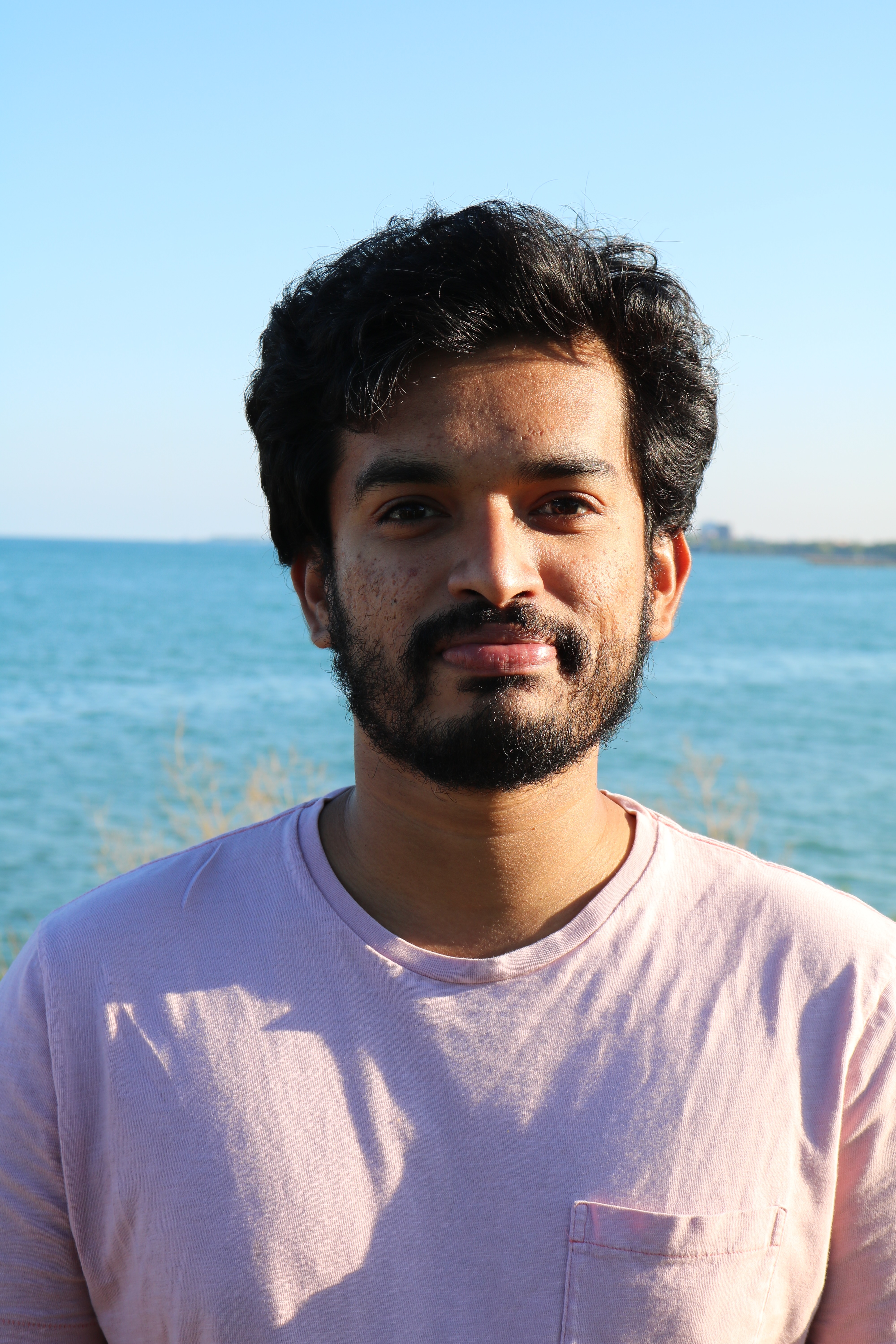
Dr. Jithin George, Postdoctoral Fellow, Northwestern University
Jithin is a postdoctoral fellow supervised by Dr. Valerie Taylor, Dr. Maria Chan, and Dr. Emil Constantinescu
A recent applied math Ph.D graduate from Northwestern University, formerly at University of Washington, TIFR-CAM and BITS-Pilani, Jithin likes to work on topics that feature beautiful analytic techniques (contour deformations, asymptotic expansions), insightful numerical methods (spectral methods and low rank representations), clever algorithms and their applications.
He is always up for discussing anything related to these topics.
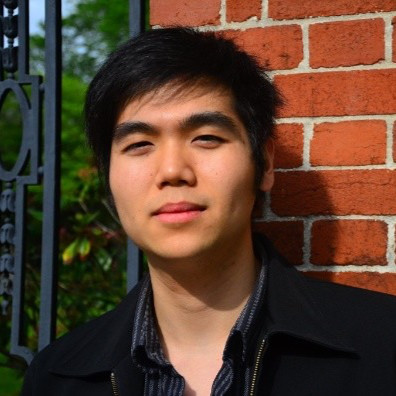
Dr. Jing Trerawapiyat, Postdoctoral fellow, Argonne National Lab
Jing’s research interests include developing descriptive models using atomic-scale simulations, machine learning methods, and scientific software development to bridge the knowledge gap between theory and experiments. His primary focus is currently on building a surrogate model to describe electronic transport, Joule heating, atomic diffusion, and heat transport in highly heterogeneous devices at nanometer length scales and nanosecond time scales.
Before joining Argonne, he developed ground state and excited state descriptions for quantum and spin defects in carbon nanotubes and other low-dimensional materials with Prof. Sahar Sharifzadeh (Boston University) and Dr. Xuedan Ma (Argonne).
His current growth interests include building workflows for high-throughput computation, iterative model training such as active learning, and CPU/GPU performance optimization.

Pierre Darancet, Old person in charge, Argonne National Lab
Pierre Darancet is a scientist in the Theory and Modeling Group at the Center for Nanoscale Materials (CNM) in Argonne National Laboratory, which he joined in 2014. His research interests are in understanding electrical, mechanical, optical, and thermal properties of nanoscale interfaces and nanomaterials. His expertise is in atomistic modeling (Density functional theory, many-body perturbation theory, molecular dynamics, tight binding and others), numerical method developments, and the derivation of effective analytical models from those calculations. He has, more recently, made dilettante but earnest forays into the fields of topology, reinforcement learning, and metastability. He is a strong proponent of hyperboles, 18th century French literature (excluding Rousseau of course), obscure sport analogies, and experimentalists realizing his Hamiltonians.
Pierre grew up in a small town named Tarbes in the beautiful French Pyrenees, where he escaped relatively unscathed from the French-small-town secondary education system while graduating from the local music conservatory in Cello and Chamber music (He won’t stop showing his recording of the Rachmaninoff Cello Sonata with the brilliant Didier Rotella if asked about it, so consider yourself warned). He obtained his Engineering degree in Applied Physics from the Institut National des Sciences Appliquées in Toulouse in 2005, i.e. a few years after realizing his limits as an (1) experimentalist, a (2) manager, and a (3) person eager to listen to authority (in inverse chronological order). After sharing his profound aspiration to pursue theoretical physics with a professor there, he was told to forfeit any hope to do so as “Physics is a disk, and you a mere radius” –a certainly poetic, possibly accurate, but utterly self-defeating prophecy (see point 3 above). He obtained a second Master degree in Physics with Honors from Université Paul Sabatier (also in 2005, and also in Toulouse).
In a twist of fate that would end up impacting his life more than any grade possibly did, a clerical error in the grad school enrollment sent him to Grenoble for his PhD, where he met Didier Mayou and Valerio Olevano. Starting with the two of them in 2005 and for the next 9 years, he kept interacting with extraordinary people and scientists who taught him most of what he knows –and all of what he should know better today. Pierre obtained his PhD in 2008 from the University Joseph Fourier in Grenoble, joined Lawrence Berkeley National Laboratory in the group of Jeffrey B. Neaton for 4 years, and Columbia University in the groups of Andrew J. Millis and Chris A. Marianetti for 2 years. Pierre’s habit of being surrounded by higher achieving individuals continued when he was hired in the Theory and Modeling Group of the CNM, where he has the pleasure to regularly interact with his inspiring theory colleagues Stephen Gray, Maria Chan, and Subramanian Sankaranarayanan, fantastic experimentalists, and brilliant postdoctoral scholars.
It is not lost on him that life’s inherent stochasticity only turned into professional luck when meeting individuals willing to pardon the under-preparedness bestowed upon him by his provincial upbringing, including, but not limited to, starting grad school without knowing what a Green’s function was, starting a postdoc with a subpar English level, and being hired as a permanent scientist 6 years into his (very necessary) postdoctoral training by an institution not supporting postdocs more than 3 years after their PhD. He is also aware that individuals not belonging to his demographic tend to have much more to face than mere stochasticity, and will do what he can to help and support others with the same benevolence he was shown.
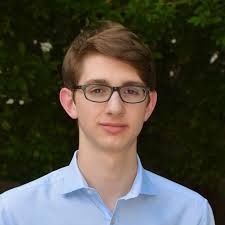
Mr. Connor Blake, Former Metcalf Fellow, University of Chicago
June – September 2023
Current Position (2024): Undergraduate Student, Quantum Molecular Engineering and Computer Science, University of Chicago
Connor was a Metcalf fellow from the University of Chicago. He came to the group to work on the design of artificial lattices comprised of carbon monoxide molecules on a copper surface. The idea was to add chiral elements to our framework, but things got out of hands: Connor solved the electronic structure of the non-periodic Hamiltonian generated from “The Spectre” tile, following the discovery in March 2023 of a tile that paves the plane, but only aperiodically. Connor not only implemented a tight-binding code solving this Hamiltonian, he also derived an effective model using projective algebra.
Pierre would like to point out (in particular to daring experimentalists) that the arrangement of CO molecules Connor proposed is fully realizable on hexagonal surfaces like Cu(111).
Works with the group:
The Spectre Realized on Artificial Graphene
Codes:
Spectre Hamiltonian generation and projective metatile effective model
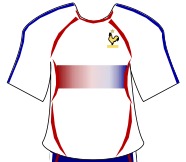
Mr. Jack Crewse, Former Postdoctoral Fellow, Argonne National Lab
July 2022 – September 2023
Current Position (2024): Intellectual Property and Technology Development Manager, Polsky Center, University of Chicago. ,
Jack Crewse joined us during his graduate studies at Missouri University of Science and Technology and was working on understanding helical nanomaterials. He left as an Intellectual Property and Technology Development Manager, Polsky Center, University of Chicago.
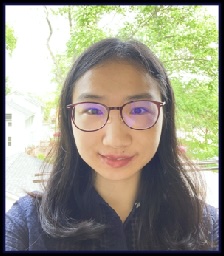
Dr. Qunfei Zhou, Former Postdoctoral Fellow, Northwestern University
February 2018 – July 2023
Current Position (2024): Assistant Professor of Physics, University of Kansas. The Zhou Research Group, , .
Qunfei’s research focused on understanding mixed-dimensional heterojunctions (MDHJs) as part of the Northwestern MRSEC. Among many other contributions, she developed an analytical theory of near-field interactions in molecular layers and Moiré materials with Dr. Michele Kotiuga, derived materials descriptors for band offset control in MDHJs, and implemented a variation of the DFT+Sigma method for MDHJs, as well as a density functional with correct asymptotic behavior for molecules on 2D materials. Qunfei joined the group from a postdoctoral position at the University of Kentucky and left as an Assistant Professor of Physics, University of Kansas.
Works with the group:
Large Band Edge Tunability in Colloidal Nanoplatelets
Electronic Structure of Metallophthalocyanines, MPc (M = Fe, Co, Ni, Cu, Zn, Mg) and Fluorinated MPc
In-plane Wilson loop for measurement of quantized non-Abelian Berry flux
Data:
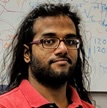
Dr. Anubhab Haldar, Former Graduate Student, Boston University
June 2018 – June 2023
Current Position (2024): Research Scientist at Samsung
Dr. Anubhab Haldar was a visiting graduate student from Prof. Sahar Sharifzadeh’s group in the Electrical and Computer Engineering department at Boston University. His research focused on understanding the coupled optical and lattice response in materials from first-principles informed phenomenological models. He developed a framework to extract and interpolate the polarizability of broken symmetry materials along their Higgs and Goldstone modes, as well as a new illumination protocols for triggering phase transitions in materials. He also co-developed with Dr. Cris Cortès a particularly simple model of the polarizability of two-dimensional materials integrated on substrates.
Upon graduation, Anub took on a Staff Scientist position at Samsung.
Works with the group:
Microscopic Theory of Plasmons in Substrate-Supported Borophene
Excitation protocols for nonlinear phononics in bismuth and antimony
Giant Optomechanical Coupling in the Charge Density Wave State of Tantalum Disulfide
Interplay of broken symmetry and delocalized excitations in the insulating state of 1𝑇−TaS2
Codes/Scripts:

Mr. Daniel Palmer, Former SULI student and Research aide, University of Notre Dame
May 2020 – July 2021
Current Position (2024): Graduate Student, Physics Department, University of Illinois at Urbana-Champaign
Dan was a SULI undergraduate student in the summer of 2020 from the Department of Physics at the University of Notre Dame. His project consisted in interfacing the data environment of the Center for Nanoscale Materials with the much larger Materials Data Facility, through the creation of a workflow enabling data annotation, publication, and remote analysis. After becoming a hdf5 and globus guru, he stayed with us as Research Aide helping scientists at CNM to publish some of the datasets listed below. Dan left the group for joining the University of Illinois at Urbana-Champaign as a Physics graduate student.
Codes/Scripts:
Materials Data facility uploading scripts
Datasets:
Nanoclusters DFT data for force field fitting
Comprehensive Computational Dataset of Defect Properties in Zinc Blende Semiconductors

Dr. Srilok Srinivasan, Former Postdoctoral Fellow, Argonne National Lab
January 2019 – April 2021
Current Position (2024): Machine Learning Scientist at Eli Lilly
Srilok’s research, co-supervised by Dr. Subramanian Sankaranarayanan, focused on understanding the topological properties of atomic assemblies as well as automatizing the computational discovery of metastable materials. Among his contributions, he implemented our current workflow based on Muffin-Tin + Tight-binding for the simulations of molecules on noble metal surface states, as well as codes to optimize atomic manipulation. He also developed a workflow for detecting metastable phases of materials, that he applied to Carbon (and was later extended by Subramanian’s group to many other elements).
Srilok joined the group after completing his PhD at Iowa State University and left as a Machine Learning Scientist at Peptilogics.
Works with the group:
Artificial Graphene Nanoribbons: A Test Bed for Topology and Low-Dimensional Dirac Physics
Machine learning the metastable phase diagram of covalently bonded carbon
Data:
Toposwarm: A Database of low-symmetry organic compounds with topological properties (web app version)
Metastable phases of Carbon identified using workflow
Codes/Scripts:
Jupyter notebooks for the computation of the topological properties of graphene nanoribbons
Code to train DNN for the free energy of metastable materials

Dr. Henry Chan, Former Postdoctoral Fellow, Argonne National Lab
February 2019 – September 2020
Current Position (2024): Assistant Scientist, Center for Nanoscale Materials .
Dr. Henry Chan, then a postdoc supervised by Dr. Subramanian Sankaranarayanan, stopped by for a few months to develop an early version of the Argonne operating system for autonomous synthesis that would become the Polybot software environment. The system and its robotic counterpart developed in the team of Jie Xu quickly far outgrew whatever Pierre could understand or contribute to, and, eventually took a life of its own –no, the irony of an AI-driven system doing so is not lost on us. Henry joined the group as a postdoctoral fellow at the University of Illinois at Chicago and left as an Assistant Scientist at Argonne National Laboratory.
Go check his recent papers on the topic and rave at what the robots can now do!
Codes/Scripts:
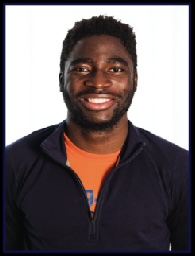
Mr. Bukuru Anaclet, Former REU student, Pomona College, and REU+ fellow, Northwestern University
June 2020 – March 2021
Current Position (2024): NSF graduate fellow, Department of Chemistry, University of Virginia , ,
Bukuru was a REU undergraduate student from Pomona College co-supervised by Dr. Qunfei Zhou in the summer of 2020. He was selected as a REU+ fellow by Northwestern University and finished his senior thesis in the group. He performed some early DFT calculations of molecular layers like C8BTBT that led to our theory of near-field electrostatics.
Works with the group:
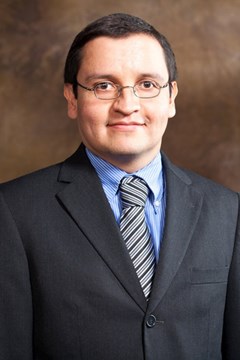
Prof. Salvador Barraza-Lopez, Sabbatical Stay from the University of Arkansas
Prof. Salvador Barraza-Lopez from the University of Arkansas’ Physics department spent a few months of his sabbatical leave with us in 2018. Doing so, he enlightened us about two-dimensional materials with structural degeneracies, a class of systems about which Pierre, according to his immediate entourage, is now “unhealthy” obsessed (counterpoint, they sure are cool systems, they sure are everywhere, and wait until you hear what light does to them… Wait I said!). In any case you should definitely check his group research, including, but not limited to, the wonderful works done as a CNM user.
Works with the group:

Mr. Kevin Ryczko, Former Visiting Graduate Student, University of Ottawa
May – August 2018
Current Position (2024): Machine Learning Research Lead, SandboxAQ ,
Kevin was a visiting graduate student from Dr. Isaac Tamblyn’s group in the Physics department of the University of Ottawa. His project focused on developing approaches to the optimization of doping profiles for valleytronics using reinforcement learning.
As of May 2024 (and to the best of Pierre’s knowledge), the approach he developed (inspired by Conway’s game of life) remains the only available AI approach on the market for the optimization of spin/pseudospin current in nanoscale electronics (please send note to Pierre if the article has been superseded and he will add it to our “superseded articles” blog post).
Works with the group:
Inverse Design of a Graphene-Based Quantum Transducer via Neuroevolution
Codes/Scripts:
Optimizer and Kwant interface for valleytronics, jupyter notebooks

Mr. Nicholas Rivera, Department of Energy Computational Science Graduate Fellowship Practicum, Massachusetts Institute of Technology
June – August 2018
Current Position (2024): Fellow at Harvard ,
Nicholas Rivera, then a Graduate student in the Department of Physics of the Massachusetts Institute of Technology spent the practicum of his DOE Computational Science Graduate Fellowship with us.
He worked on generalizing our time-dependent coupled Boltzmann transport equations to the case of non-equilibrium steady-states such as the infamous “phonon bottlenecks” occurring in (and ruining the differential conductance of) nanoscale conductors.
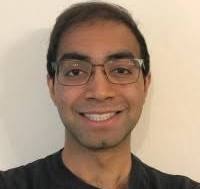
Mr. Praveen Balaji, Former SRPP Fellow, University of Chicago
June – August 2018
Current Position (2024): Graduate Student, Physics Department, University of Illinois at Urbana Champaign
Praveen was a Summer Research Program undergraduate student as a freshman from the Department of Physics and Department of Computer Science at the University of Chicago. He documented our non-equilibrium phonon code based on coupled Boltzmann transport equation, generalized it to excited populations of both holes and electrons, and built and documented the code webpage.
Codes/Scripts:
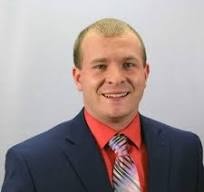
Mr. Trevor Steiner, Former REU student, University of Minnesota
June – August 2018
Current Position (2024): Senior Layout Engineer, IonQ. , ,
Trevor visited us as an REU undergraduate student from the Department of Materials Science University of Minnesota, and was co-supervised by Dr. Qunfei Zhou). He performed some early modeling, including DFT calculations, of the near-field potentials generated by 2D periodic molecular layer without net dipoles that led us to understand the need for a method beyond multipole expansion.
Works with the group:
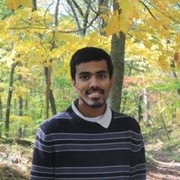
Dr. Sridhar Sadasivam, Former Postdoctoral Fellow, Argonne National Lab
June 2016 – January 2018
Current Position (2024): Senior Systems Software Engineer at Nvidia
Sridhar (the first person crazy enough to join the group) studied and modeled the light- and voltage-induced structural dynamics. Among his many contributions, he developed a C++ software still used by the group today to model hot-electron-induced non-equilibrium phonon dynamics using coupled Boltzmann transport equations (BTE) and first-principles parameterizations of the electron-phonon and phonon-phonon interactions.
He also proposed and validated an effective model of laser heating, based on a generalized two-temperature model (a generalization of the seminal work of the great Philip Allen to the case of semiconductors and nanomaterials) aka “successive thermalization model” that quantitatively recovers the BTE results and that Pierre continues to mention at any possible occasion to this day, regardless how relevant.
Sridhar joined the group after his PhD at Purdue University and left for a Software Engineer position at Intel.
Works with the group:
Theory of Thermal Relaxation of Electrons in Semiconductors
First-Principles Investigation of Borophene as a Monolayer Transparent Conductor
Cross-plane coherent acoustic phonons in two-dimensional organic-inorganic hybrid perovskites
Codes/Scripts: